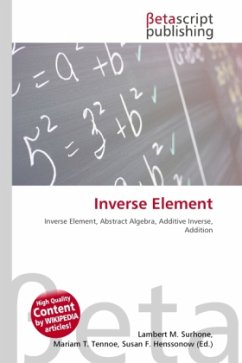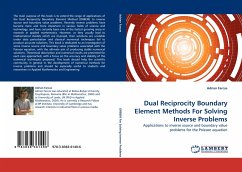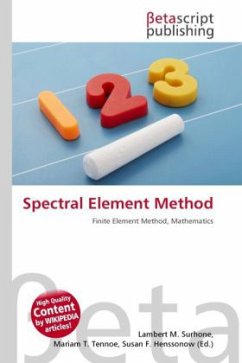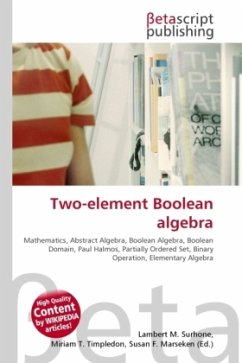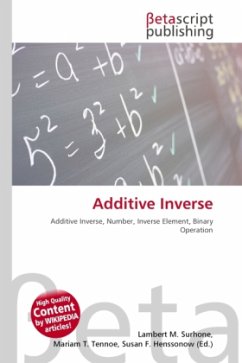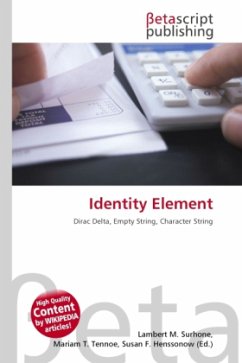High Quality Content by WIKIPEDIA articles!In abstract algebra, the idea of inverse element generalises the concepts of negation, in relation to addition, and reciprocal, in relation to multiplication. The intuition is of an element that can 'undo' the effect of combination with another given element. While the precise definition of an inverse element varies depending on the algebraic structure involved, these definitions coincide in a group.Let S be a set with a binary operation (i.e. a magma). If e is an identity element of (S, ) (i.e. S is an unital magma) and a b = e, then a is called a left inverse of b and b is called a right inverse of a. If an element x is both a left inverse and a right inverse of y, then x is called a two-sided inverse, or simply an inverse, of y. An element with a two-sided inverse in S is called invertible in S. An element with an inverse element only on one side is left invertible, resp. right invertible. If all elements in S are invertible, S is called a loop.
Bitte wählen Sie Ihr Anliegen aus.
Rechnungen
Retourenschein anfordern
Bestellstatus
Storno

